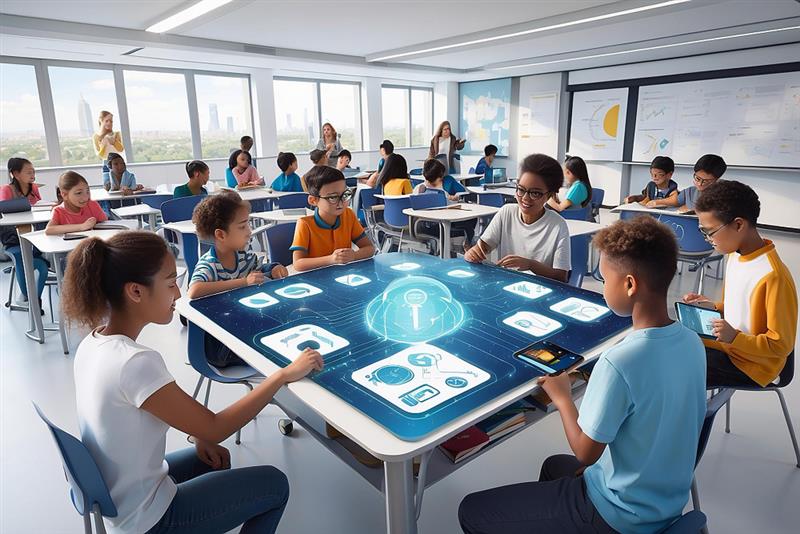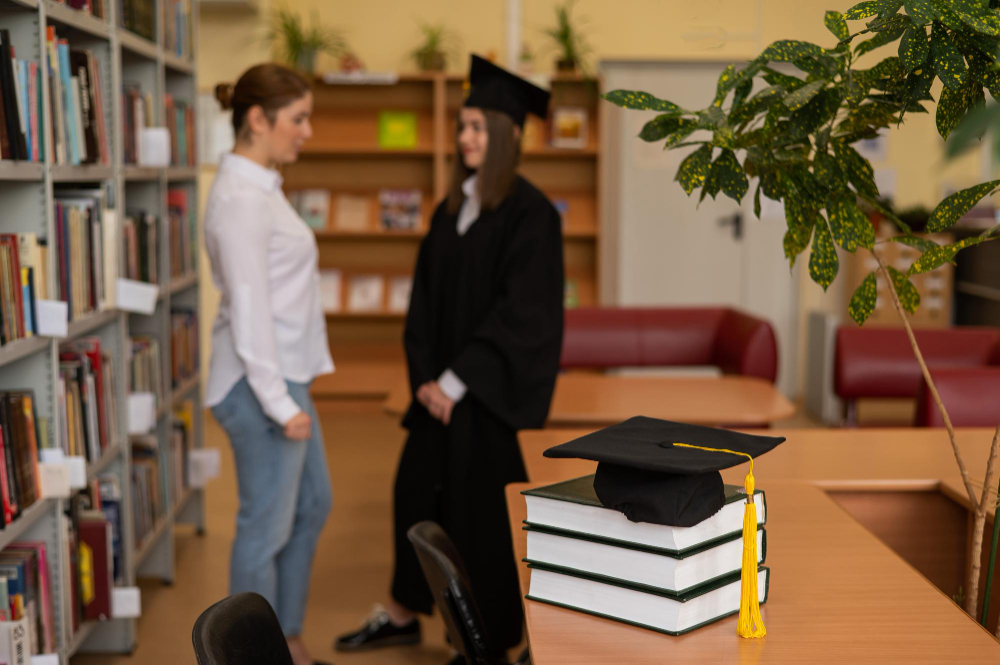Every classroom is a reflection of the wider world. Students come from different places, speak different languages, and bring their own experiences into the learning space. For teachers, this diversity can be both inspiring and challenging. To reach every learner, education must recognize and respect these differences.
Culturally responsive teaching is built on that belief. It encourages teachers to connect lessons with students’ cultural backgrounds and ways of thinking. At Acacia University, this principle forms the foundation of its Master of Education (M.Ed.) programs. The goal is to prepare educators who can understand their students, create inclusive environments, and make learning meaningful for everyone.
Understanding Culturally Responsive Teaching
Culturally responsive teaching, often called CRT, is a way of teaching that recognizes culture as a central part of learning. It encourages teachers to adapt their lessons so that students can relate what they learn to their own lives and communities.
In practice, this means using examples, stories, and perspectives that reflect the diversity of the classroom. Students are encouraged to share their views, connect lessons to real-life experiences, and learn from one another. CRT moves beyond traditional teaching methods and focuses on building understanding through relevance and respect.
Why It Matters in Modern Education
The cultural landscape of education is changing rapidly. According to the National Center for Education Statistics (2024), more than half of students in U.S. public schools now identify with minority racial or ethnic groups. Another report notes that about 15% of early learners are multilingual, showing how varied classroom demographics have become.
This diversity is a strength, but it also calls for new teaching approaches. When lessons do not connect to students’ experiences, participation and interest can drop. Culturally responsive teaching bridges this gap by helping educators recognize differences as opportunities for connection.
When students feel represented and respected, they perform at their best.
The Effect on Students
When teaching reflects students’ cultures and backgrounds, it changes how they feel about learning. They become more confident in expressing ideas and more comfortable participating in class discussions. It also helps students see education as something personal and relevant, not distant or abstract.
Students who feel seen and heard are more motivated to succeed. They also develop empathy and a better understanding of others, since CRT creates space for different viewpoints. These qualities are valuable not only in school but in life beyond it.
The Role of Educators
Teachers are the foundation of culturally responsive learning. Their willingness to listen, adapt, and grow shapes how effectively CRT works in practice.
Educators can begin by learning about their students’ backgrounds. Simple steps such as asking about family traditions, home languages, or learning preferences can help teachers understand what each student brings to class.
Other ways to put CRT into action include:
- Using teaching materials that reflect different cultures and perspectives.
- Allowing students to share stories or experiences related to class topics.
- Encouraging teamwork and discussions that bring multiple voices together.
- Challenging stereotypes and promoting fairness through classroom dialogue.
When teachers make these efforts, they create a learning space where everyone feels welcome and respected.
Acacia University’s M.Ed. Approach
Acacia University’s M.Ed. programs place strong emphasis on developing teachers who are culturally aware and socially conscious. The curriculum is designed to help educators understand how identity, language, and values shape the learning process.
The programs combine theory with practice. Students explore topics such as cultural competence, inclusive lesson design, and social equity in education. They also take part in practical training that allows them to apply what they learn in real classroom settings.
Key areas of study include:
- Cultural Competence: Learning how personal and social backgrounds influence teaching and learning.
- Inclusive Curriculum Design: Creating lessons that reflect varied cultural perspectives.
- Applied Practice: Gaining hands-on experience with students from diverse backgrounds.
Through this approach, graduates leave with a deeper understanding of how to teach with empathy and balance. They are prepared to build classrooms that value every learner.
Practical Strategies for Teachers
Teachers who want to apply culturally responsive teaching can start with a few realistic steps:
- Include cultural examples in lessons, especially in literature, history, or social studies.
- Use varied assessment formats such as group projects, visual work, or oral presentations.
- Encourage dialogue about different traditions or viewpoints during class activities.
- Display diverse materials in the classroom that reflect the cultures of all students.
- Involve families and communities to understand students’ learning environments at home.
Each of these strategies helps build a sense of belonging. Over time, small changes like these create a culture of respect and curiosity.
Broader Impact on Education
Culturally responsive teaching benefits more than individual classrooms. It helps education systems become fairer and more inclusive. When schools encourage cultural understanding, they reduce barriers that prevent some students from succeeding.
Educators who practice CRT often become advocates for wider change. They help shape school policies, mentor new teachers, and promote inclusion beyond their own classrooms. This ripple effect leads to stronger schools and more understanding communities.
Acacia University’s M.Ed. graduates often carry this mindset into their professional lives. They influence how schools approach curriculum design, student engagement, and teacher development.
Conclusion
Teaching is not only about sharing knowledge. Culturally responsive teaching reminds educators that learning grows stronger when it connects to who students are.
Through its M.Ed. programs, Acacia University helps teachers master this connection. The program prepares them to blend academic skills with cultural understanding, building classrooms where every student feels valued.
When teachers teach with awareness and empathy, education becomes more than instruction. It becomes a shared experience that prepares students for the world they live in.









